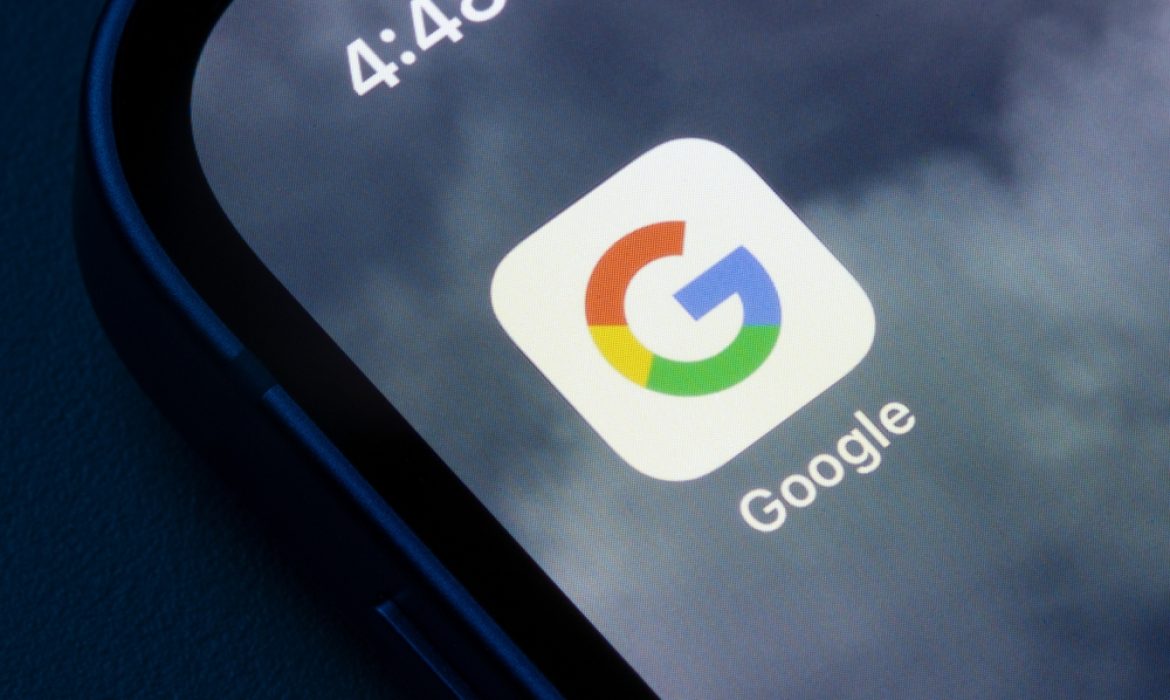Threads vs. X: Meta’s App Reaches 175 Million Users in First Year
Threads, Meta’s alternative to X (formerly Twitter), has hit 175 million monthly users a year after its unexpected launch.
“What a year,” Meta CEO and Facebook founder Mark Zuckerberg said Wednesday on Threads, announcing the platform’s impressive milestone.
Threads, which debuted on July 5 last year, is a spin-off of Instagram aimed at rivaling X, formerly known as Twitter. The platform launched after X, under Elon Musk’s ownership, made changes that alienated many users and advertisers.
Threads was hurriedly introduced after Musk threatened to limit the number of posts non-subscribers could view on X.
This was one of several chaotic decisions by the unpredictable Tesla founder, and Zuckerberg seized the moment.
Promoted heavily through Instagram, more than 100 million people downloaded Threads within its first week in 100 countries. The EU had to wait until December due to regulatory concerns.
The Instagram push made Threads the fastest-downloaded app ever, surpassing AI sensation ChatGPT.
Although initial enthusiasm waned, Threads has steadily grown its user base, benefiting from Instagram’s support and former X users dissatisfied with Musk’s changes.
Threads chief Adam Mosseri expressed hopes for the platform to become more independent from Instagram and plans to introduce advertising soon.
Becoming bigger than Musk’s X “will take some time, but I will consider it a failure if we don’t get there,” Mosseri told the Platformer news website.
Threads has faced criticism for Meta’s decision to downplay news and politics, aiming to create a friendlier atmosphere compared to X, at the risk of reducing engagement.
“A year after launch, we know what Threads isn’t, but we don’t know what it is,” said Emarketer principal analyst Jasmine Enberg.
“The lack of a unique identity is one of its biggest hurdles to achieving real staying power,” she added.
Now privately owned by Musk, X no longer releases industry metrics but insists its user base is growing and more engaged than other platforms.
“Threads was launched when X was struggling, but X has been surprisingly resilient,” said Debra Aho Williamson, chief analyst at Sonata Insights.
“Sports and political discussions remain vibrant on X, and with major events like the Olympics, Euro 2024, and the US presidential election this year, X will likely continue to attract users,” she added.
Source: Tech Xplore
Google’s Greenhouse Gas Emissions Spike 48% Amid AI Boom
Google’s greenhouse gas emissions in 2023 were 48% higher than in 2019, according to its latest environmental report. The tech giant attributes this rise to the increasing amounts of energy needed by its data centers, exacerbated by the explosive growth of artificial intelligence (AI).
AI-powered services require significantly more computer power—and thus electricity—than standard online activities, prompting a series of warnings about the technology’s environmental impact. Google aims to reach net zero emissions by 2030, but it admits that “as we further integrate AI into our products, reducing emissions may be challenging.”
In its 2024 Environmental Report, Google states this increase is “due to increasing energy demands from the greater intensity of AI compute.” Data centers are essentially massive collections of computer servers, and AI needs a huge amount of them. A generative AI system—such as ChatGPT—might use around 33 times more energy than machines running task-specific software, according to a recent study.
However, Google’s report also reveals significant global disparities in the impacts of its data centers. Most of the centers in Europe and the Americas get the majority of their energy from carbon-free sources. This contrasts with data centers in the Middle East, Asia, and Australia, which use far less carbon-free energy. Overall, Google says about two-thirds of its energy is derived from carbon-free sources.
“If you actually go into a data center, it’s really hot and really noisy,” says Tom Jackson, professor of information and knowledge management at Loughborough University. “People don’t realize everything they’re storing in the cloud is having an impact on their digital carbon footprint,” he adds. Prof Jackson runs the Digital Decarbonisation Design Group, which aims to measure and find solutions to reduce the carbon footprint of data usage.
“Data providers have to work closely with large organizations to help them move away from storing so much of their dark data,” he says. Dark data is data collected by organizations that have either been used once or not at all. However, storing it on chips still consumes large amounts of energy even when it is not being used. “On average, 65% of the data an organization stores is dark data,” says Prof Jackson. He commends Google’s target of reaching net zero in its data centers by 2030 but acknowledges it will be “really tough.”
The increasing energy—and water—use of AI has prompted a series of warnings, especially as the sector is forecast to keep growing rapidly. The boss of the UK’s National Grid said in March that the combination of AI and quantum computing would lead to a six-fold surge in demand in the next 10 years.
Source: BBC News



